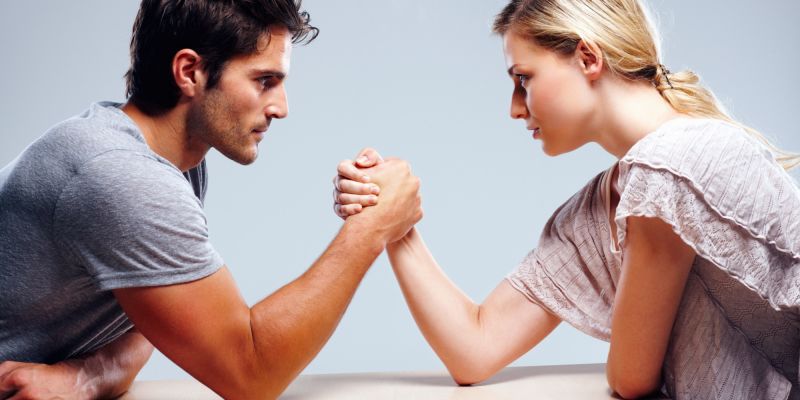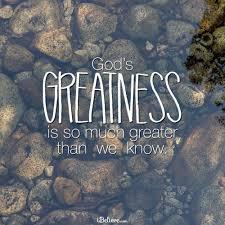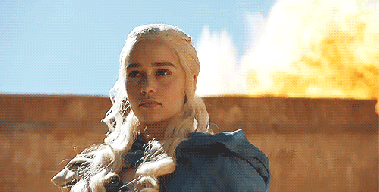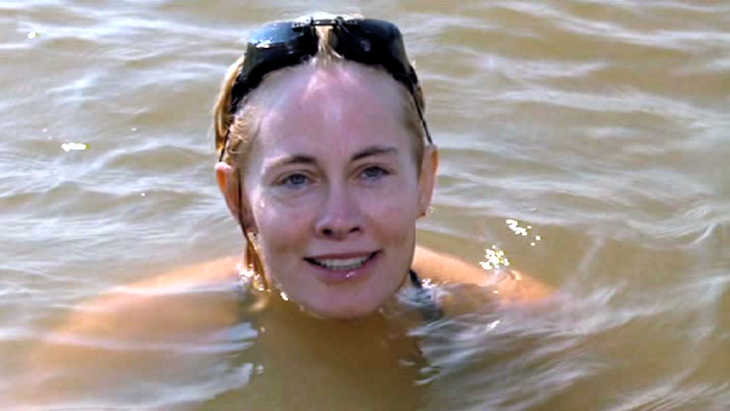Born in 1962 in Beijing, Yue Minjun is one of the most successful contemporary artists today, his style and technique being easily recognizable. His signature Pop-art style involves taking classic works of art from old masters like Francisco Goya, Eugéne Delacroix, Édouard Manet and replacing the figures with his cartoonish, laughing self-portraits. Amusing and unsettling at the same time, his artwork raises the importance of humor for our humanity and underlines the versatility of laughter in how we experience the world.
In a 2015 interview for the Huffington Post, Yue had this to say about the depiction of laughter in his art: : “In my work, laughter is a representation of a state of helplessness, lack of strength and participation, with the absence of our rights that society has imposed on us. In short, life. It makes you feel obsolete, which is why, sometimes, you only have laughter as a revolutionary weapon to fight against cultural and human indifference.”
 Yue Minjun – The Execution (1995), oil on canvas
Yue Minjun – The Execution (1995), oil on canvas
The Execution (1995) is perhaps the most politically charged painting Yue Minjun has ever done. Set against the red wall of the Imperial Palace, the painting clearly references the 1989 Tiananmen Square Massacre when hundreds of pro-democracy Chinese protesters, if not thousands, lost their lives in clashes with the military. The politics of the painting are also emphasized by the similarity to Manet‘s The Execution of Emperor Maximilian and, by extension, to Francisco Goya’s The Third of May 1808, which had inspired Manet in the first place.
In Yue’s take on Manet, the rifles have disappeared and the platoon only mimics holding weapons, aiming at the victims with their fingers. Everyone – and by everyone, I mean the artist’s representation in various poses – is laughing hysterically. Victims and executioners are laughing together. Laughter is thus presented as a coping mechanism for political oppression, for the absurdity of life.
Advertisements Share this:




